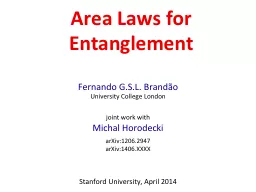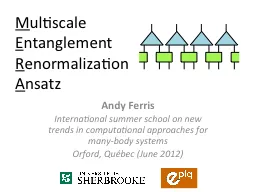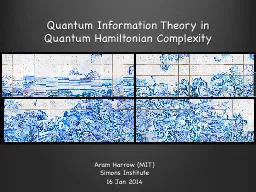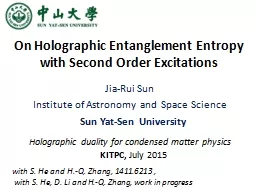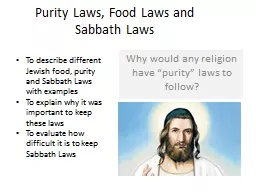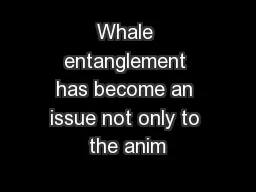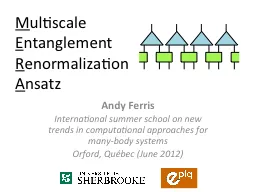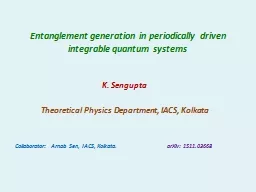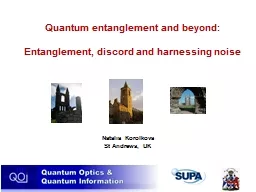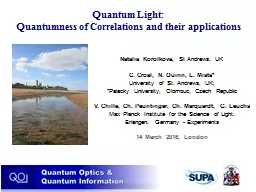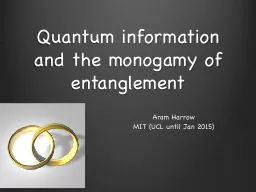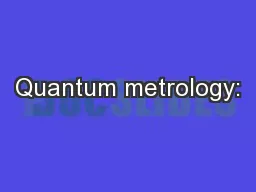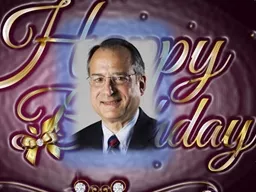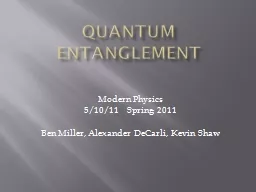PPT-Area Laws for Entanglement
Author : test | Published Date : 2016-04-06
Fernando GSL Brand ão University College London j oint work with Michal Horodecki arXiv12062947 arXiv1406XXXX Stanford University April 2014 Quantum Information
Presentation Embed Code
Download Presentation
Download Presentation The PPT/PDF document "Area Laws for Entanglement" is the property of its rightful owner. Permission is granted to download and print the materials on this website for personal, non-commercial use only, and to display it on your personal computer provided you do not modify the materials and that you retain all copyright notices contained in the materials. By downloading content from our website, you accept the terms of this agreement.
Area Laws for Entanglement: Transcript
Download Rules Of Document
"Area Laws for Entanglement"The content belongs to its owner. You may download and print it for personal use, without modification, and keep all copyright notices. By downloading, you agree to these terms.
Related Documents

